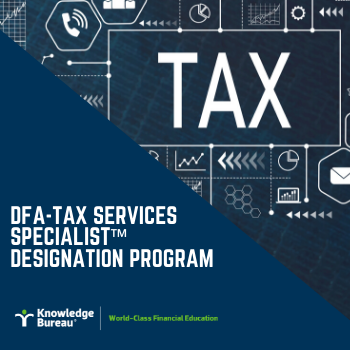Seasonal Workers: Will You Have EI Benefits to Repay?

Walter Harder & Beth Graddon
Seasonal workers beware: if you collected Employment Insurance (EI) benefits during your off season, there’s a chance you could have to pay back some of the benefits you received. For the 2019 tax year, the base amount for EI repayment is $66,375. That means if net income exceeds this threshold, an EI repayment may be necessary. But, with savvy planning you can avoid this unpleasant surprise.
The clawback can be reduced or eliminated by making an RRSP contribution. Check out your RRSP contribution room on your last Notice of Assessment from the CRA.
The income threshold amount is indexed year over year. Talk to a DFA-Tax Services Specialist™ to ensure you’re prepared to make the repayments as required, or better yet, to help you with some “what-if” scenarios, depending on whether you can use the RRSP to reduce what you might owe.
Who do the repayments apply to? Taxpayers who receive regular EI benefits more than once in any 10-year period – which is likely for seasonal workers - are required to repay them via  the tax return. The required repayment is 30% of the lesser of:
the tax return. The required repayment is 30% of the lesser of:
- The benefits received
- Net income in excess of the base amount
This clawback does not apply if you meet the following exemption requirements:
- You received less than 1 week of regular or fishing benefits in the preceding 10 taxation years
- You were paid special benefits, such as maternity, parental, sickness, compassionate care or family caregiver benefits. However, if you received a combination of regular and special benefits within the same tax year, you may still have to repay a percentage of the regular benefits received
- If you received EI regular benefits including regular fishing benefits, that overlap 2 calendar years, you may qualify for the exemption in the 1st taxation year. However, in the following taxation year you would not qualify for the exemption as there would be more than 1 week of regular benefits paid in the preceding 10 years.
Example > Melinda was laid off late in the year and received $3,000 in regular EI benefits. Her T4E slip shows she is required to repay her benefits at a rate of 30 percent because she previously made a claim for regular benefits when her former employer became insolvent. On her T1, Melinda’s net income before adjustments is $67,000. She will need to repay the lesser of:
• 30% x $3,000 = $900 and
• 30% x ($67,000 – $66,375) = $187.50
Since Melinda lives in Ontario, her effective marginal tax rate is 59.65 percent (that is, she’d pay $59.65 more taxes if she earned $100 more in taxable income)! By reducing her net income using an RRSP contribution of at least $625, her marginal tax rate would be reduced to 29.65%.
The moral of this story: tax and financial advisors should work with their clients before the March 2, 2020 RRSP contribution deadline in order to use contribution room and deduction opportunities wisely. This will decrease the net income upon which the clawbacks are determined.
Additional educational resources: become a DFA-Tax Services Specialist™ and help clients make tax-efficient decisions that keep more of their hard-earned money in their pockets.

COPYRIGHT OWNED BY KNOWLEDGE BUREAU INC., 2019.
UNAUTHORIZED REPRODUCTION, IN WHOLE OR IN PART, IS PROHIBITED.